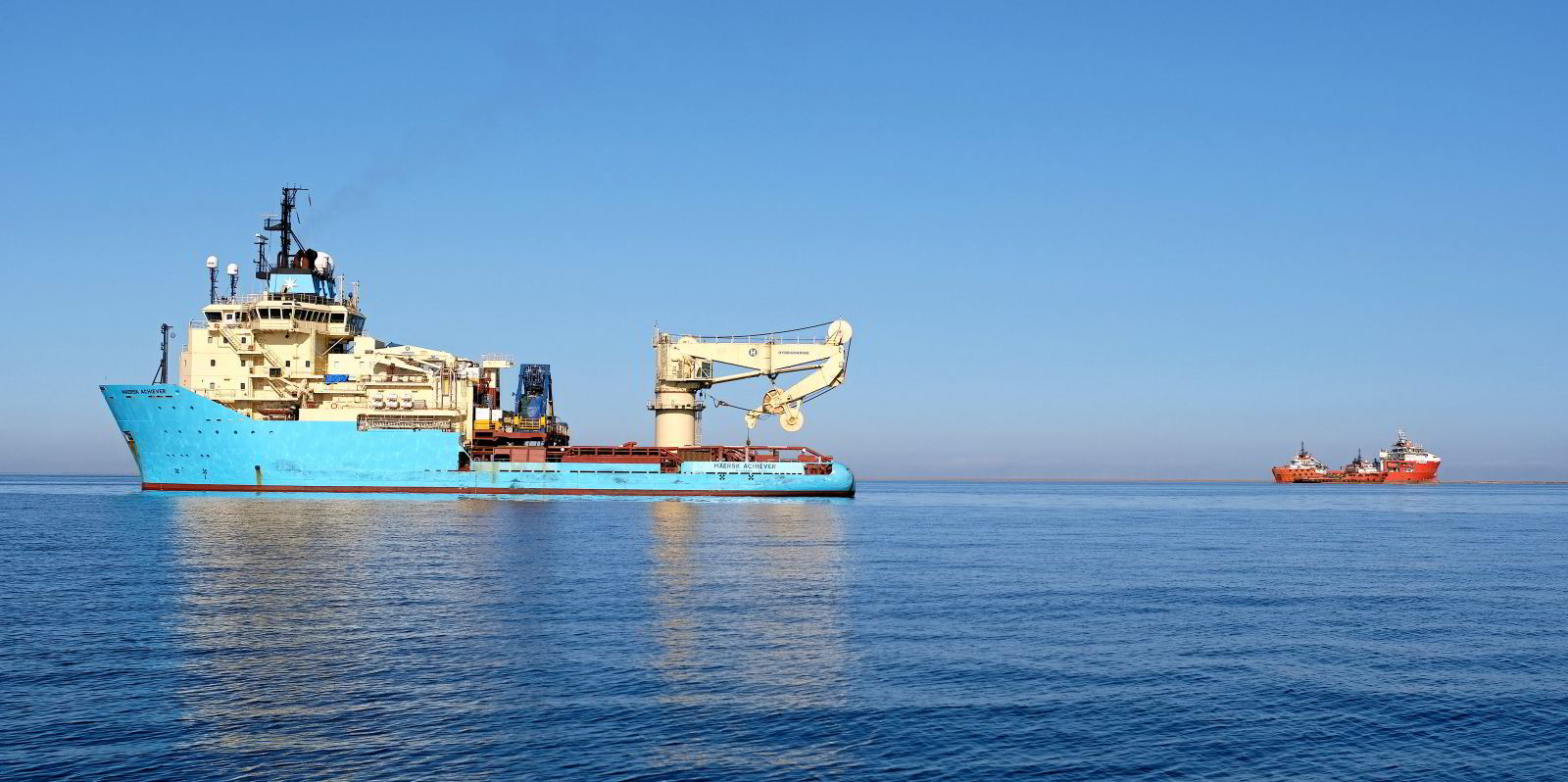Some of the last few remaining anchor-handling tug supply ships in lay up are being brought back into service in the North Sea as owners seek to capitalise on volatile rates.
Charterers have been concerned about a shortage of vessels for rig moves as markets improve.
And Norwegian broker Seabrokers believes these concerns are well placed.
Some charterers got lucky in February during periods of more freely available tonnage, with rates below £20,000 ($24,090) and NOK 250,000 (£24,185) per day, the broker said.
But some were caught paying £90,000 and NOK 1m, the latter for the first time in seven months.
“It should be noted that sporadic utilisation remains a concern for owners, which perhaps might explain why they have been so aggressive with their offers when opportunities materialise,” Seabrokers added.
Maersk Supply Service, Siem Offshore and Viking Supply Ships have been going through the process of reactivating idle tonnage.
The 23,450-bhp Maersk Achiever (built 2003), the 28,000-bhp Siem Emerald (built 2009) and the 19,034-bhp Loke Viking (built 2010) are all re-entering the market.
The Siem Emerald had been stacked since November 2019.
“Charterers do not want to be overexposed to a potentially volatile market this year,” Seabrokers added.
The broker pointed to the example of UK oil major BP issuing a rare term AHTS tender for a firm period of six or 12 months, starting in April.
No PSVs left to bring back
This week, Solstad Offshore sold its laid-up 15,953-bhp AHTS Far Sabre (built 2008) to an unnamed buyer. The vessel had been stacked since 2019.
Norwegian broker Westshore lists no platform supply vessels laid up in North Sea ports.
Eight AHTS units still remain laid up in the North Sea, however.
Five of these are Maersk Supply ships, built between 2005 and 2010. Solstad has a 2007 vessel in lay up, while Siem has one from 2009 and Simon Mokster Shipping has a 1998-vintage unit laid up.
Fearnley Offshore Supply said the improvement in the AHTS spot market had continued with full force in February.
This illustrated how short-term tightness can occur even in months with relatively calm activity levels, the broker said.
The number of AHTS fixtures in Norway increased from 14 in January to 16 in February. In the UK, the figure was 23, down from 26 in January.





